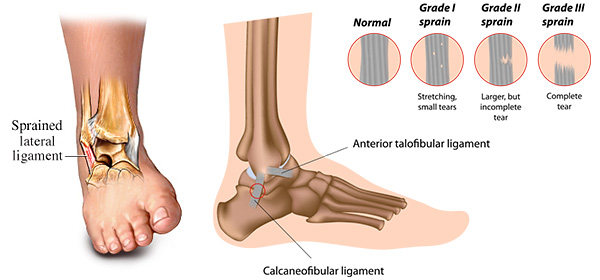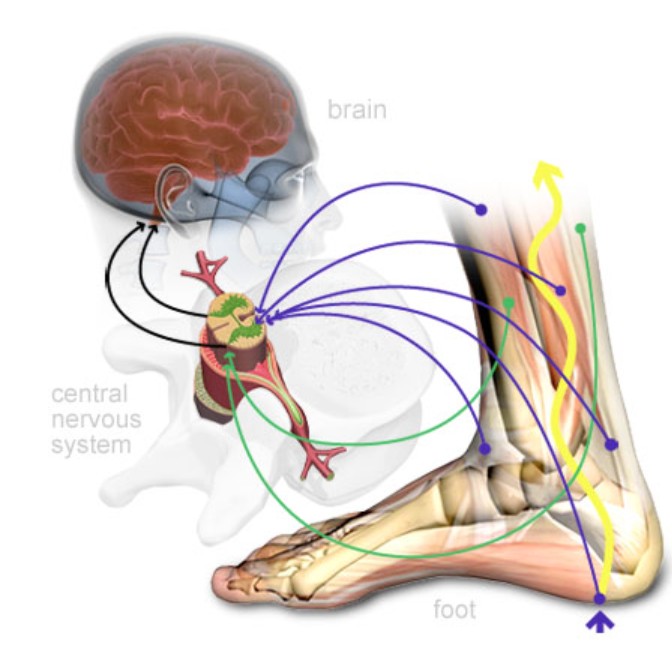Dodgy Ankles? – Learn how to strap your ankle to prevent further problems
Mark Green
How stable are your ankles?
Ankle sprains are one of the perils of trail running. A common post-race scene at trail events is a queue of people lined up in the medical tent with sprained ankles. A lot of them could have been prevented had they strapped their ankles properly for the event.
If you have sprained an ankle recently, or have a history of having unstable ankles, then you should work on the philosophy that prevention is better than cure.

Once you have sprained an ankle once, you are at significantly more risk of spraining it again over the next 2 – 3 months. This is because you will have stretched/torn the lateral ligaments which help to stabilise the ankle, and you may also have stretched/torn one of the peroneal muscles which also helps to stabilise the ankle.

Spraining an ankle also reduces your proprioception. Proprioception is like your 6th sense which subconsciously lets your brain know what your body is doing.
Here is a quick test. Close your eyes, and try to touch your nose. You are able to do this simple task because of proprioception. Your joints and muscles constantly send signals back to your brain to tell it what they are doing. In order to be able to touch your nose with your eyes closed, you have to know what your finger, wrist, elbow and shoulder are all doing.
Likewise, when you start rolling over on your ankle (one that hasn’t recently been sprained), your ankle joint receptors and surrounding muscles send a signal to your brain which helps it to prevent a “sprain” from occurring. In an ankle which has recently been injured, these signals are delayed, therefore you are often too far over on the ankle to be able to correct it quickly enough – hence, another sprain.
This video shows an easy ankle strapping technique which will dramatically reduce your chances of rolling an ankle.
Be sure to try it on training runs before you use it during a race.